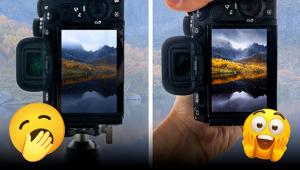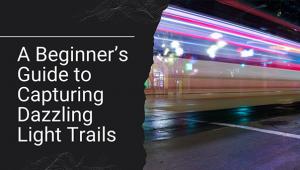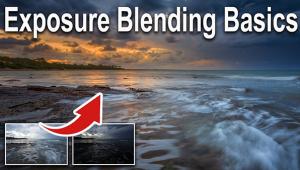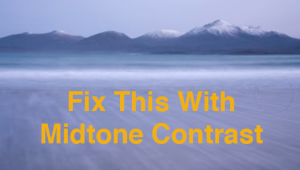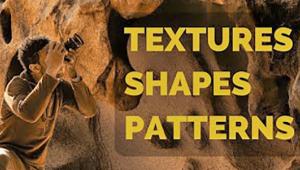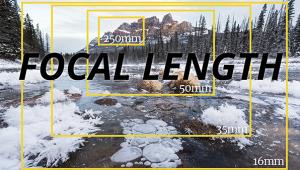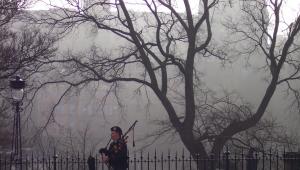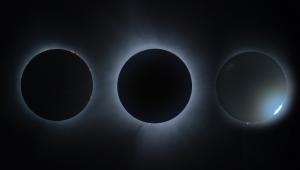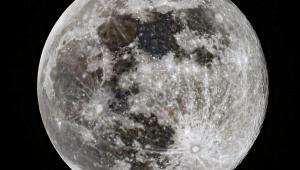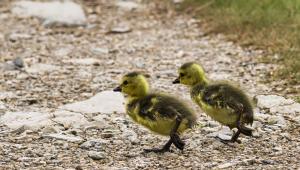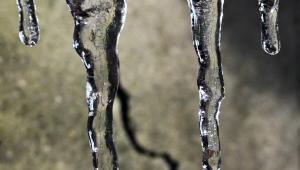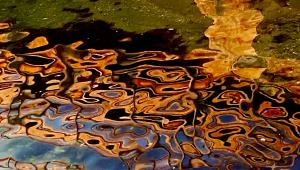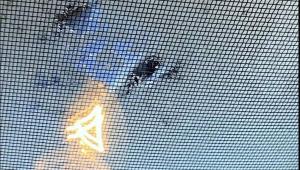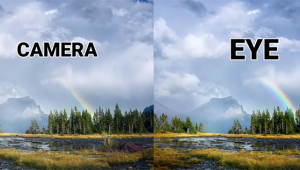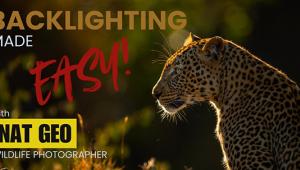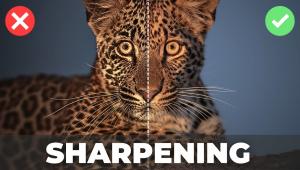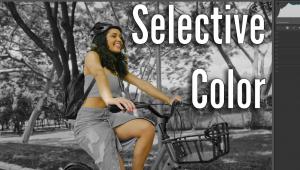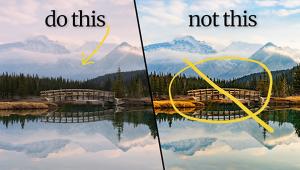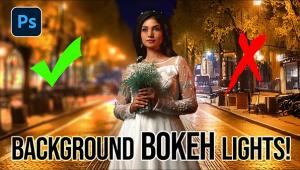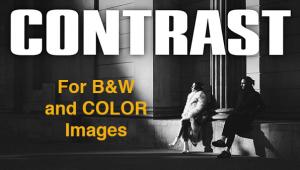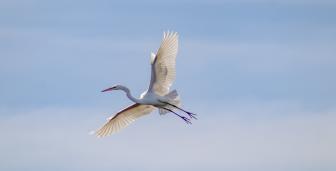7 Hot Summer Tips
Here are seven more ideas for some great shots this summer
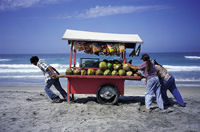 1. Magic Moments
1. Magic Moments
It's not just a summer thing, because a photographer should always be on the lookout for those intriguing sights of life being lived, but summer seems to produce more of them. Put your camera in full-auto mode, stay alert, and fire away when you come across something neat, be it people at work or play, an abstract reflection in a water pool, or just a pretty "slice" of the overall environment. Photo by Ron Leach
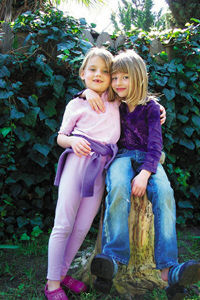 2. Follow the Kids...
2. Follow the Kids...
Summer means the kids are out of school, giving you some great photo opportunities. If you have kids of your own, take your camera (and plenty of film or memory cards, and batteries) when you go on a summer outing. If you don't have kids of your own, you can generally use neighbors' kids or kids at parks as subjects in return for a few prints for their parents. Photograph the kids as they do their thing, and take some posed shots, too. Photo by Renee Chodor
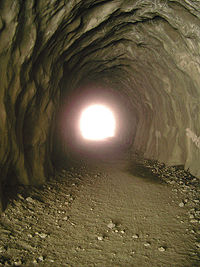 3. Summer Spelunking
3. Summer Spelunking
This one's not for people who are afraid of dark or tight spaces. Spelunking is a fancy term for exploring caves. And summer is a dandy time to do it. Actually, you can get cave-like photos even if you're a tad claustrophobic, by using tunnels as subjects. And those famous slot canyons of the Southwest qualify, too. In any event, the basic photographic challenges are dim light and high scenic contrast. Serious pro cave photographers (think National Geographic) take teams with supplementary lighting and camera supports, but we low-budget types can get interesting shots, too. These, in fact, were made hand-held in existing light, the slot canyon shot with an AF 35mm SLR and the tunnel with a pocket digital camera. The keys to sharpness in dim light are holding the camera steady (or finding something to brace it against), and using faster film (or a higher ISO setting on your digital camera)—although both photos shown here were made at ISO 100. The best way to deal with the high contrast (other than auxiliary lighting) is to bracket exposures. You can't bracket with a point-and-shoot camera, but you can "fool" its meter by pointing it at bright and dark sections of the scene, locking the exposure by holding the shutter button partway down, then recomposing and shooting. You can also "bracket" by moving deeper into the cave/tunnel, or closer to the entrance. For safety's sake, we recommend sticking to well-used public locations, or going with an experienced spelunker if heading off the beaten track. Photo by Mike Stensvold
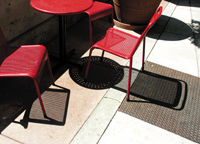 4. Hard Summer Shadows
4. Hard Summer Shadows
The summer sun at high noon is not highly regarded at a photogenic light source—it's too harsh, and comes from too high an angle, to be attractive for most subjects. But you can take advantage of those hard shadows and the high contrast to get some nice abstract shots. Look for interesting patterns and colors, and try a variety of camera angles. Photo by Mike Stensvold
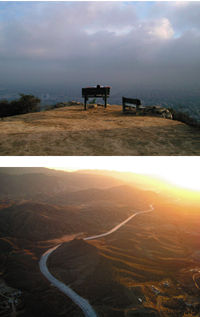 5. Summer Haze
5. Summer Haze
Those lazy, crazy, hazy days of summer (to paraphrase an old pop song) can discourage scenic photographers, because of the reduced visibility. But you can take advantage of those conditions, too, for the haze tends to make for more-colorful sunsets. Particles in the atmosphere scatter the shorter (blue and green) wavelengths of light, letting mainly the longer (red and orange) ones through and thus giving everything a warmish cast. The accompanying aerial photo, made toward the late-afternoon sun on a hazy day, has lots of "atmosphere," while the long shadows form the low-angle light emphasize the texture of the land below. Such conditions also provide "magic moment" opportunities (Assignment #2): for example, this fellow's reaction to the conditions atop this hard-won (access by hiking or biking only) scenic overlook. Photos by Mike Stensvold
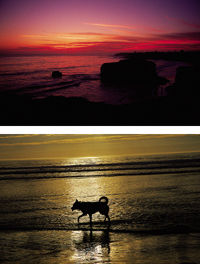 6. Summer Evenings
6. Summer Evenings
One nice thing about summer is the long days. There's still some good light left after a standard 9-to-5 work shift, so you can go out and get some pictures. You have time to find a great spot to shoot a sunset, or catch a stroll on the beach, or just enjoy the beautiful late sunlight. Many non-pro photographers find an after-work photo outing a great way to unwind after a tough shift on the day job. Photos by Lynne Eodice
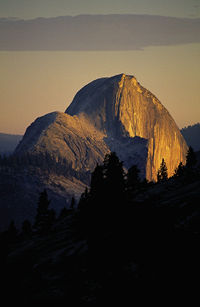 7. Visit a Monument
7. Visit a Monument
The famous National Parks and Monuments have been photographed millions of times, and there's a reason for that: They're very photogenic. Summer is a great (if busy) time to visit one or more of these places and see what you can do with it photographically. Research (on the Web, or at the library), check out what the famous photographers have done, pick a site, check the weather forecast, and head out there yourself. Take lots of film (or memory cards, if you've "gone digital") and a variety of focal lengths, spare batteries, a good map, and go for it. Tip: The best lighting for outdoor scenes generally occurs first thing in the morning or late in the afternoon; spend the middle part of the day scouting locations, then plan to be there when the light is right. Tip 2: You can emphasize a feature's size by including a person in the shot to provide scale (shoot the scene both with and without the person). Photos by Lynne Eodice
- Log in or register to post comments
